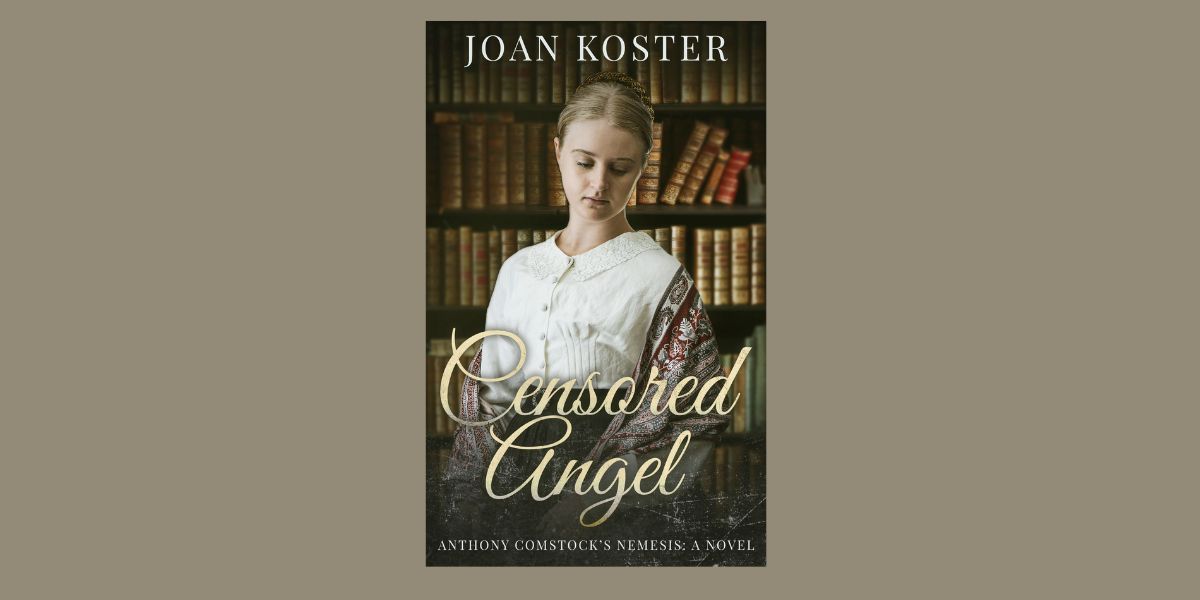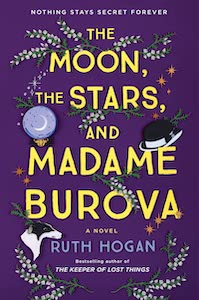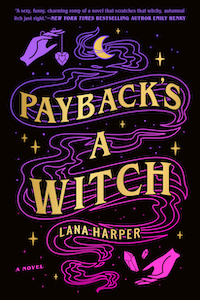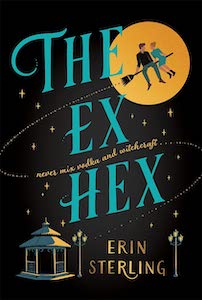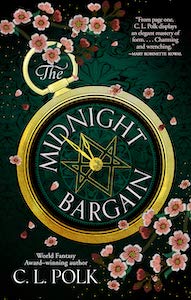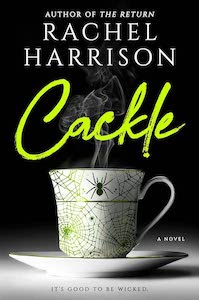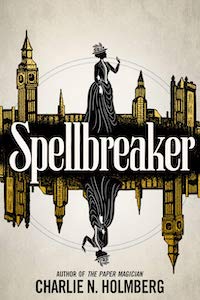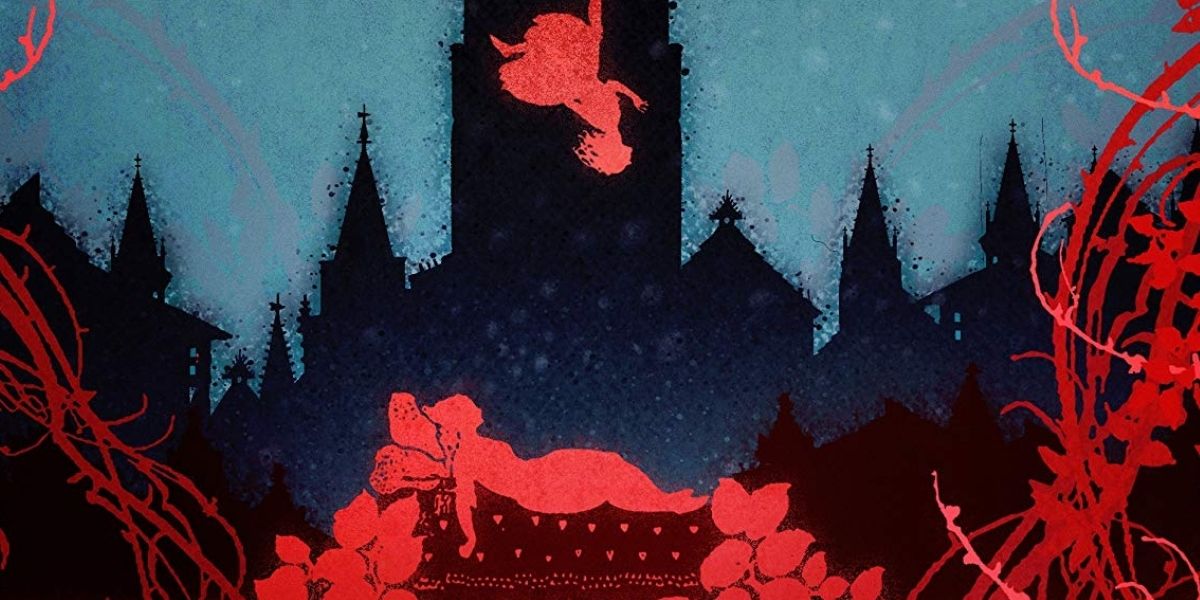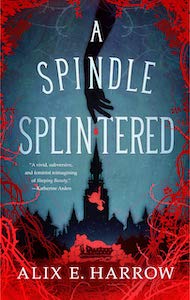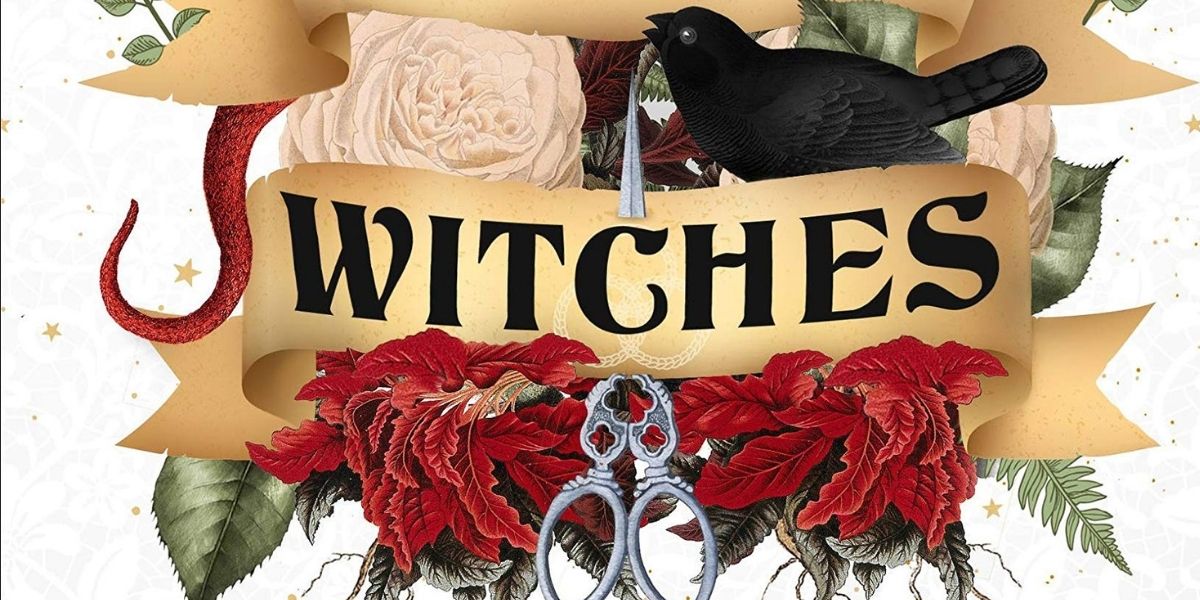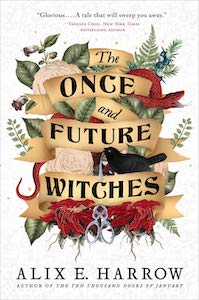
Censored Angel: Anthony Comstock’s Nemesis, by Zara West
Tidal Waters Press, 1959318128, 350 pages, June 2023
Censored Angel: Anthony Comstock’s Nemesis by Zara West, the second book in her Forgotten Women series, is a historical fiction novel about the life of Ida Craddock, a mystical marriage counselor and advocate for free speech. West tells Craddock’s tale in first-person narrative form, opening a doorway for reader’s to enter Craddock’s fascinating inner world.
The story begins with Craddock as a teenager in 1875, highlighting her trying relationship with her mother, who continually undermines her career ambition and spiritual pursuits. Craddock’s one place of peace is her Quaker school where she excels academically. Upon learning her beloved teacher has passed away, after she had come to Craddock for advice about the pain she feels during material relations, Craddock is devastated. She was too late to save her teacher, but is now determined to help other women in similar situations.
This sets her on a path of study focused on the religious history of sex worship, along the way gaining knowledge from doctors, activists, and spiritualists who share her mission. She also has the divine support of her angels, most notably her spirit husband Soph, who guides her in the art of heavenly love. Her rebellious, unconventional ways continue to put Craddock at odds with her mother, who is a staunch Christian temperance member.
Craddock yearns to gain some independence. Working as a typist and escaping her mother’s roof, she begins to cultivate her own dreams. Even though Craddock had dreams of becoming a scholar, to stay afloat, she resorts to publishing her instruction manuals about human sexuality and the correct way to have appropriate, respectful sexual relations between husband and wife. Her most famous works include Heavenly Bridegrooms, Psychic Wedlock, Spiritual Joys, Letter To A Prospective Bride, The Wedding Night, and Right Marital Living. These publications soon become the focus of Anthony Comstock, the notorious Anti-Obscenity PostMaster General known for his staunch laws about what was and was not appropriate to send through the mail.
Craddock’s continual effort to prove herself as an intellectual comes up against sexism, censorship, and ill-will from Comstock who see her as a deviant. But she doesn’t allow her mother or Comstock to stand in her way. Pinching pennies to pursue her path, she moves from city to city to have the freedom to continue her studies. The book covers her time in England, California, Chicago, and her home city of Philadelphia. Finally, in New York City, Craddock stands her ground against Comstock. She advertises her services as a marriage counselor and proclaims herself High Priestess of the Church of Yoga. She openly sees clients and hands out her work, baiting Comstock to come after her.
Eventually, Comstock does bring charges against her. And this time, unlike her previous arrest where she took a plea deal, Craddock refuses to back down and uses the trials as an opportunity to take a stand for what she believes in. With the assistance of other open-minded reformers and activists, Craddock used her publicity to advocate for free speech. Ultimately though, facing serious jail time, Craddock decided to end her life as a free woman, writing in a letter to her mother, “I maintain my right to die as I have lived, a free woman, not cowed into silence by any other human being.”
Personally, I absolutely loved this book and think Kosher did an incredible job of portraying Craddock. I first learned about Craddock when reading the work of Emma Goldman, who really looked up to Craddock and sung her praises. I then read The Man Who Hated Women: Sex, Censorship, and Civil Liberties in the Gilded Age when it was released in 2021. That book gave me insight into Craddock’s significant role in advocating for women’s rights and free speech.
However, even with all this information I had read about Craddock, she never really became someone I connected with personally until West’s writing in Censored Angels. Kosher drew from Craddock’s letters, diaries, published work, as well as first hand material such as newspaper and magazine articles and court records to create this narrative. Even though this book is historical fiction, the way Kosher weaves in actual quotes provides the readers with insight into Craddock’s inner world.
Kosher also does a very good job of setting readers within the time and place of Craddock’s life. Small details about the way people dressed or the current trends ground readers in the historical period of Craddock’s life, further situating the significance of her work in comparison to the repressed Victorian values that dominated the Gilded Age.
I also was simply blown away by how well Kosher seemed to understand Craddock. The level of commitment she must have put into this research, the time truly contemplating Craddock’s motives and what she was trying to do, along with respect for her spiritual truth, most notably her angelic husband Soph, demonstrate considerable talent on West’s part. It’s one thing to write a biography, it’s a whole other thing to tell the fictional autobiography through a first-person narrative and make it feel so real.
All in all, I highly recommend Censored Angel to those interested in spiritualism and feminism. Craddock is not given enough recognition for her life’s work, which truly paved the way for others to advocate for women’s rights to have knowledge about their own bodies and agency over their sexual and marital affairs. West’s writing is sure to keep you amused (I was hooked from the first chapter!) and make you feel admiration for the sacrifices Craddock made to share her divine wisdom with the general public to ensure Americans maintained their freedom of speech.
Alanna Kali is an astrologer, numerologist, and pioneer spirit that loves to explore life through the lens of depth psychology. She has a passion for studying the humanities and social trends. Her academic work is centered upon reuniting body, mind, and spirit through eco-psychology. She loves reading, spending time in nature, and travel.
